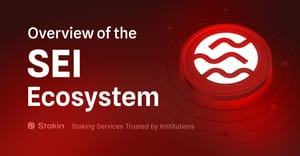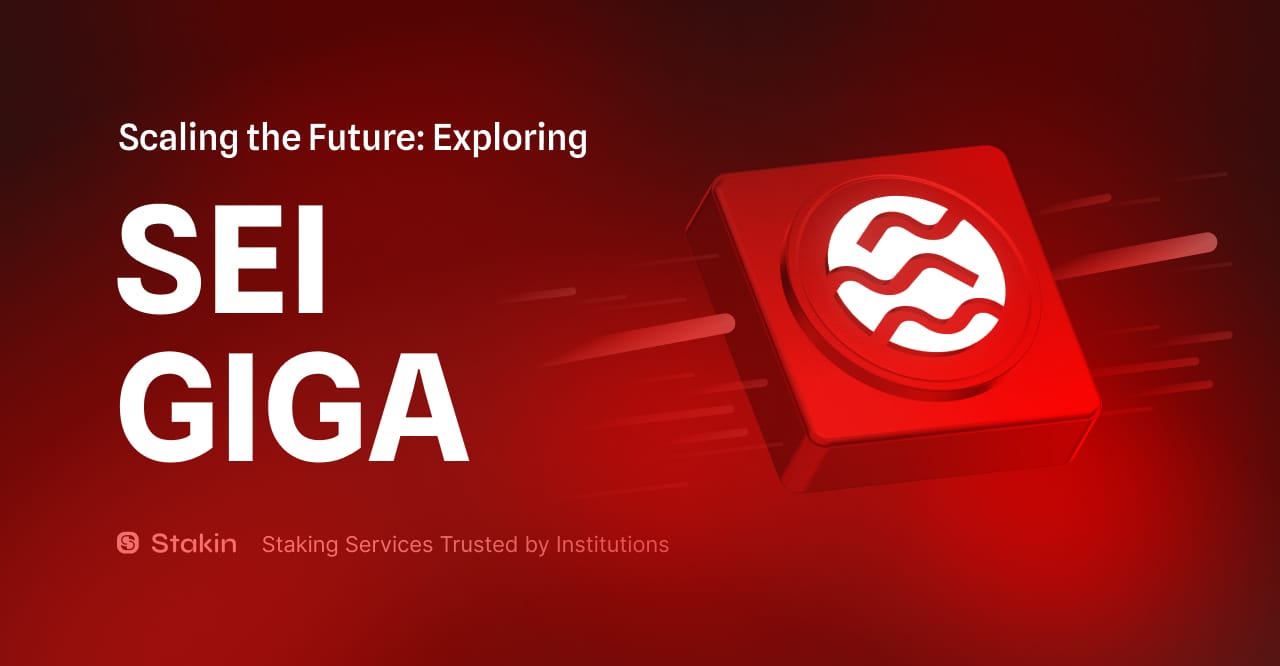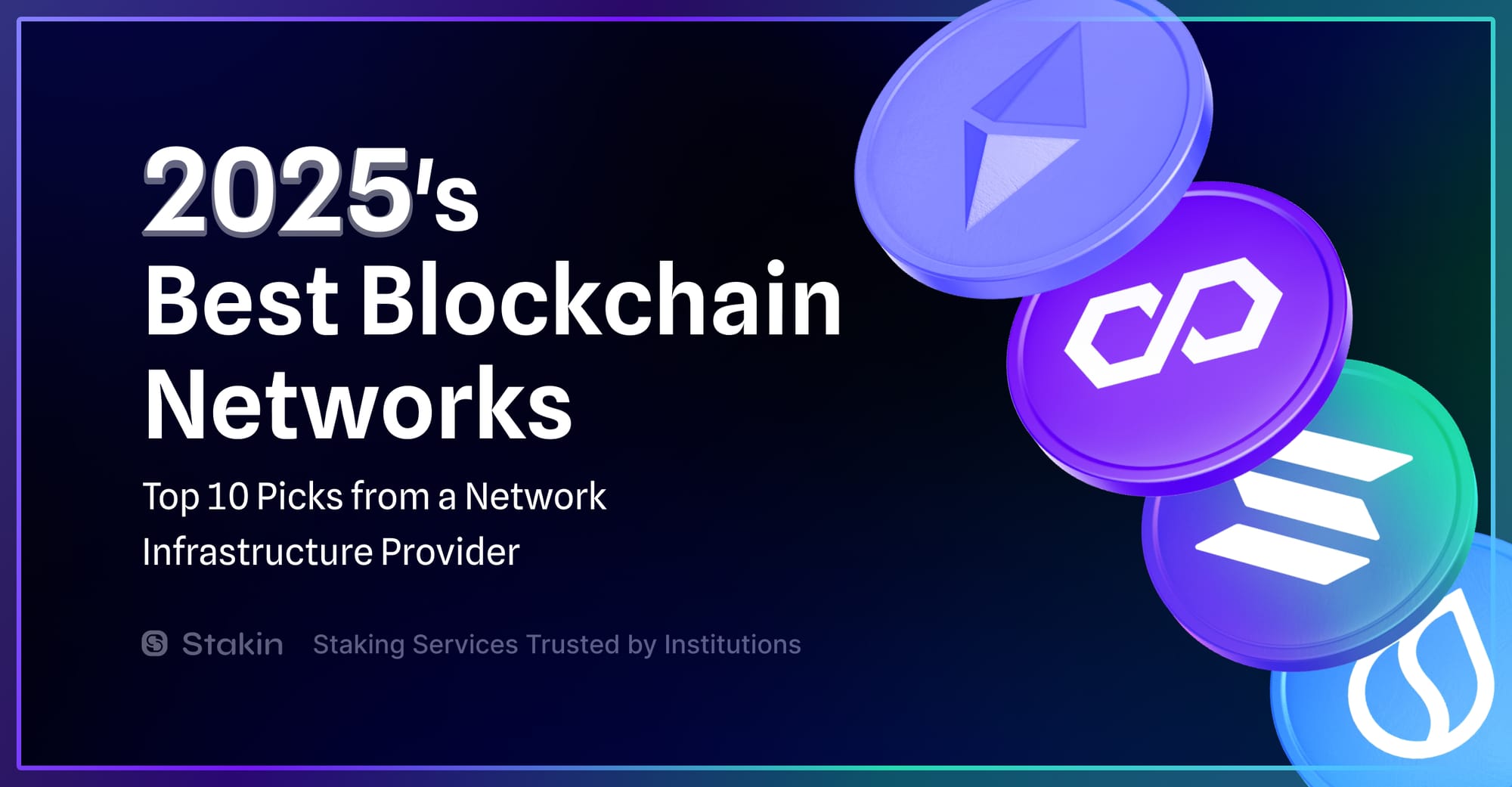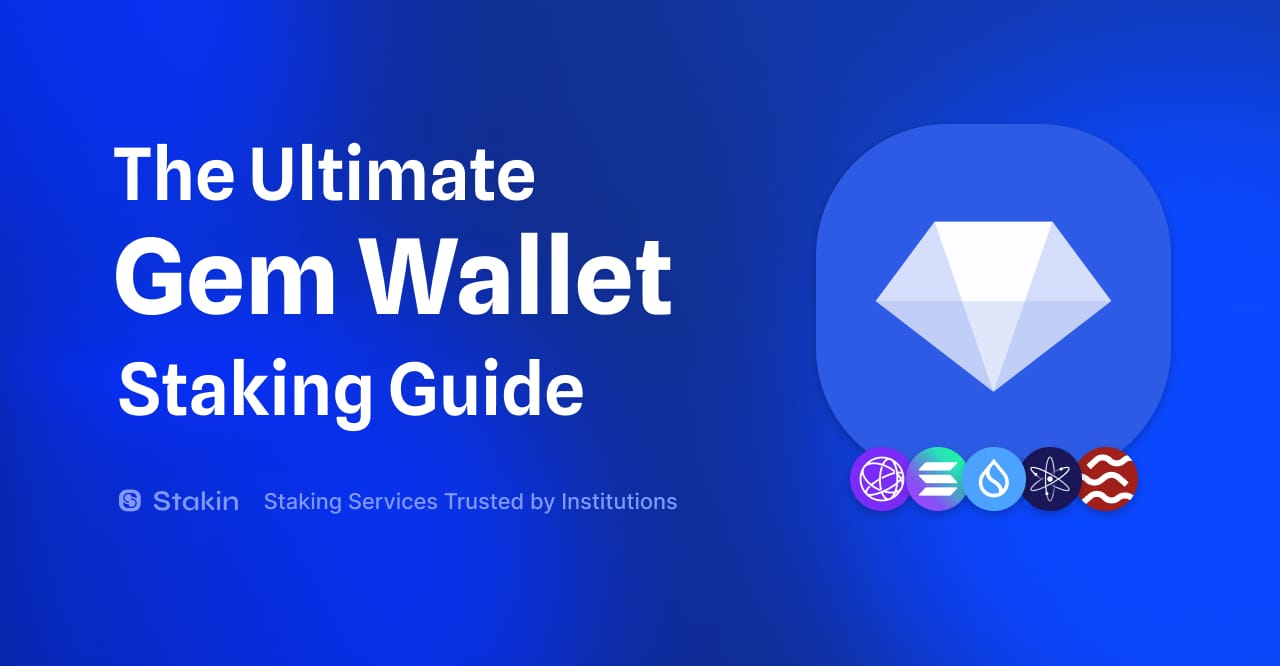Sei is the first Layer-1 blockchain network fully optimized and adapted for decentralized trading, DEXs, and DeFi. Launched in August 2023, Sei boasts incredible transaction speeds with no downtime or outages until date.
Since launch, Sei has consistently been finalizing blocks at 390ms, making it the fastest blockchain in terms of transaction speed. In addition, Sei has consistently seen activity of over 45 TPS, making it the chain with the second-highest number of successful transactions per second currently in operation.
Sei is an integrated blockchain, which means it performs execution, settlement, consensus, and data availability operations into a single network. The blockchain is compatible with Cosmos’ Inter-Blockchain Communication (IBC) protocol and was built through modified forks of the Cosmos SDK and Tendermint Core protocol.
In the upcoming sections we will explore what innovation is responsible for crowning Sei as the fastest blockchain. We will also have a quick overview of the Sei ecosystem of dApps and projects.
Sei's Twin Turbo consensus
The overarching narrative, and one that Sei seriously challenges, is that modular blockchain architectures are superior to integrated (monolithic) blockchain architectures. Yet, we see Sei’s unprecedented transaction speeds with no network downtime as an integrated blockchain network.
Sei’s journey towards becoming the fastest blockchain network has been based on one key insight. Numerous optimizations can make a blockchain faster, but Sei focused on “time to finality,” or the time it takes for the globally distributed set of validators to reach consensus.
Sei’s efforts in this direction introduced a series of improvements on top of Tendermint, known as the Sei Twin Turbo consensus. To begin with, Sei Labs opted for a different consensus mechanism from Ethereum's, called “tendermint consensus,” which has a 6-second block time. Through the improvements introduced by Twin Turbo consensus, Sei Labs had taken Tendermint’s 6-second blocktime to <400 ms, with single slot finality. This means that Sei is approximately 2,000 times faster than Ethereum.
Twin Turbo consensus consists of key optimizations made towards Tendermint: "optimistic block processing” and “intelligent block propagation.”
You may also be interested in:
Intelligent block propagation means that instead of initially sending out the entire block to other network validators, block proposers will send a compact block proposal (as a single message) containing unique transaction identifiers and a reference to the full block.
Optimistic block processing takes the first block at any given height where the validator receives it, runs basic checks, and then starts processing it simultaneously during pre-vote and pre-commit. The optimistic block processing will then write the candidate state to a cache.
This allows validators to process transactions optimistically when they receive a valid block proposal rather than waiting for the pre-commit step to end.
Sei V2
In November 2023, Sei introduced a major network upgrade that effectively transformed the network into the first so-called parallelized EVM blockchain (Monad blockchain also enters this category of parallelized EVMs/PEVMs, but it is not production-ready yet).
Parallelization means virtual machines run parallel on separate threads within the network computer. Each thread would execute transactions and generate so-called pending results.”
These pending results track the transactions' inputs and outputs, which are then returned to their original linear order. If any pending result has inputs that have been invalidated, then a transaction must be rescheduled.
Parallelization brings two key benefits to Sei:
- Backward compatibility of EVM smart contracts. Therefore, instead of forcing developers to rewrite their smart contracts to deploy on Sei, every major contract that exists on Ethereum can seamlessly be redeployed on Sei with no code changes
- Optimistic parallelization - allowing the chain to support parallelization without requiring developers to define any dependencies
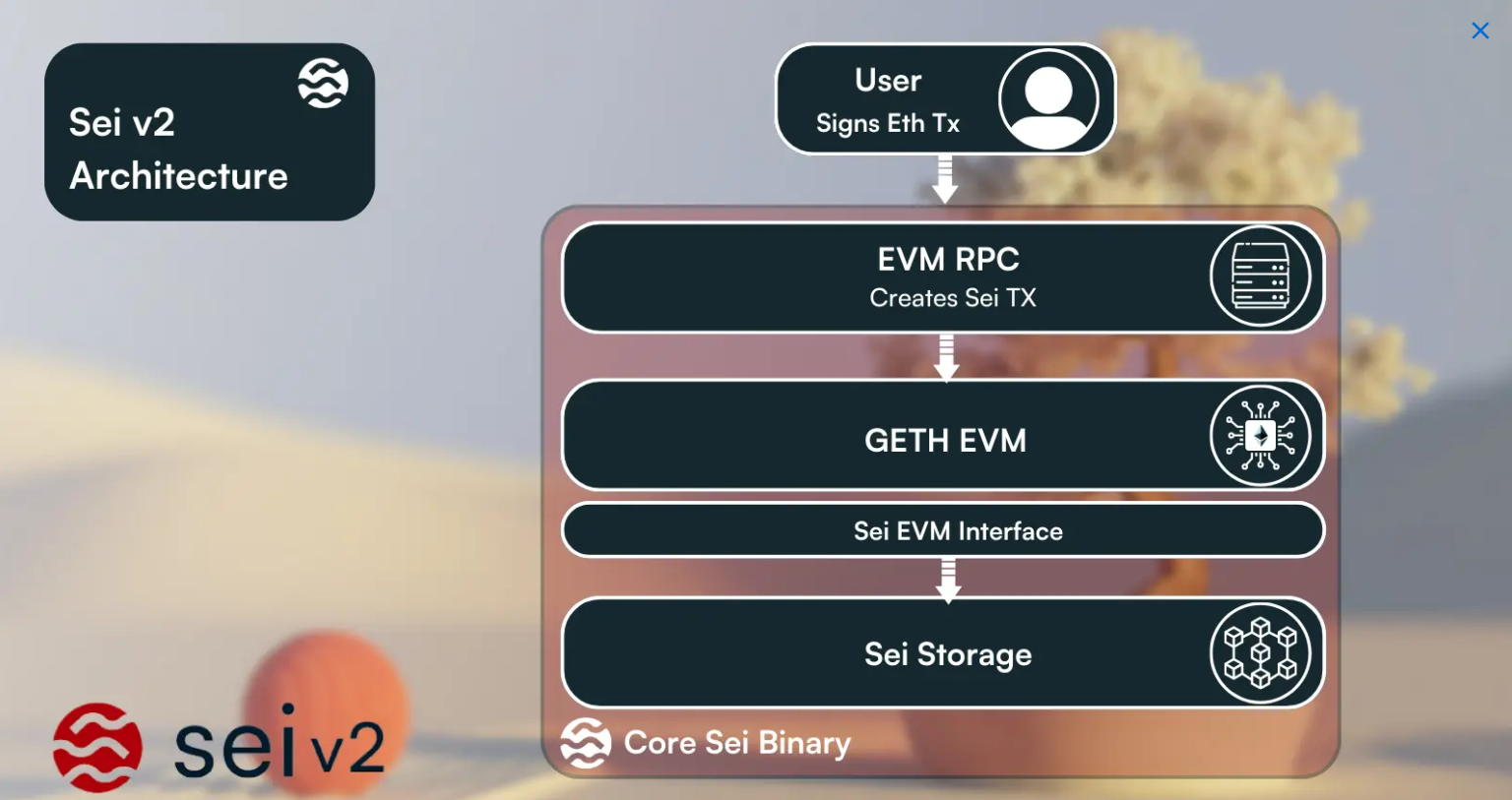
Sei V2 also plans to restructure the network’s storage interface. SeiDB would introduce a new storage layer on Sei that decouples the State Commitment (SC) Layer and State Store (SS) Layer. This is supposed to improve state read/write performance, increase state sync, and reduce hardware requirements for node operators.
Sei ecosystem overview
Since Sei’s mainnet launch in August 2023, protocols across various sectors have emerged, churning a full-blown Sei dApp ecosystem. Let us look at the key recent developments across several ecosystem components, such as DeFi, Liquid staking and NFTs.
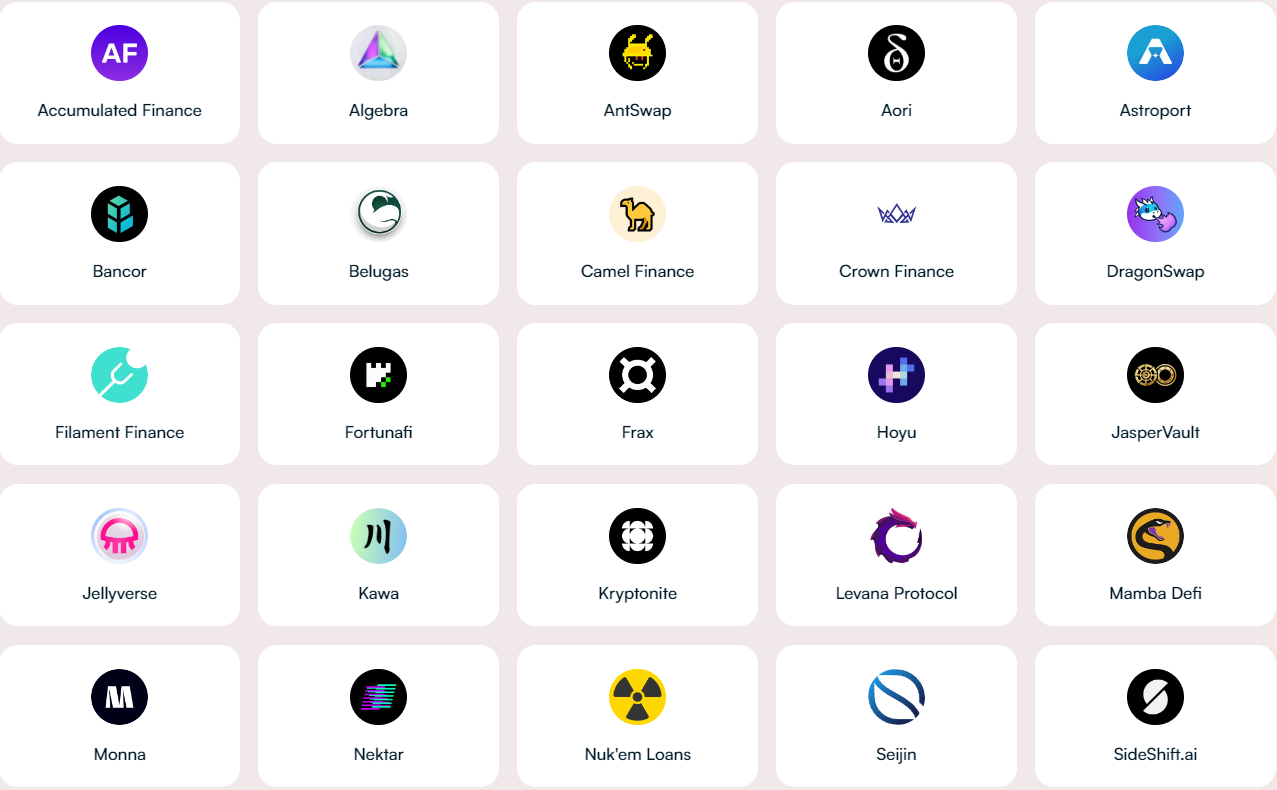
- DeFi
Sei already boasts a rich DeFi ecosystem, taking advantage of Sei’s fast transaction speed capabilities. Sei’s TVL as of May 10 stands at ~$30 million, with Astroport as the network’s main decentralized exchange.
- Liquid staking
Most popular liquid staking protocols on Sei are Kriptonite and Silo, which let users liquid-stake SEI tokens through their respective stSEI and iSEI tokens. As of May 10, Silo’s TVL stands at $9.6 million, while Kryptonite’s TVL stands at $2.9 million.
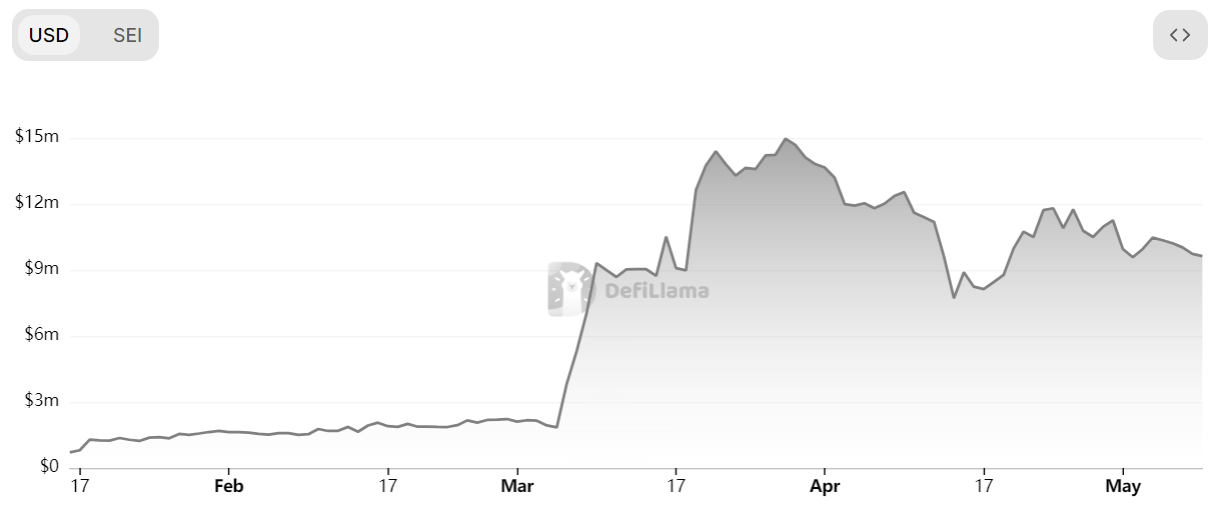
- NFTs
NFTs is one of the most burgeoning segments within Sei’s ecosystem. NFT-related addresses on Sei maintain a steady level, as well as the daily sales volume:
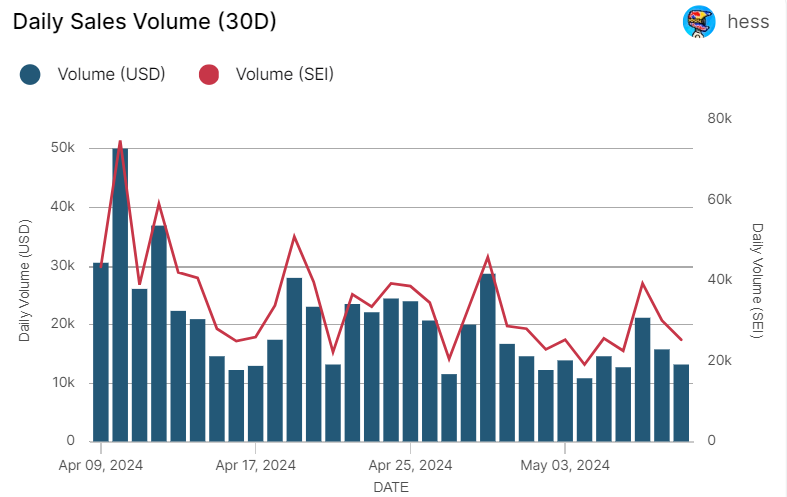
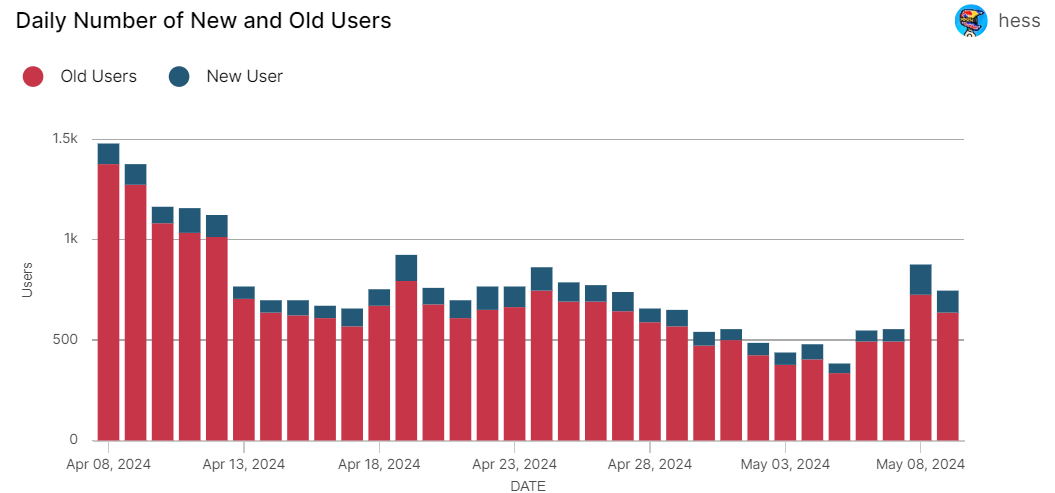
The two most popular NFT collections on Sei include:
- Seyans, which recently expanded beyond Sei and into Solana, and also introduced its own DEX and NFT marketplace.
- The Colony, a collection of 5,555 so-called Mafia Antz, which also recently introduced AntSwap, The Colony’s native SEI aggregator.
Closing thoughts
Sei still maintains its status as one of the fastest and most stable integrated blockchain networks. Six months ago, Sei V2 introduced EVM parallelization which is advantageous on several fronts.
EVM parallelization has introduced backward compatibility of EVM smart contracts which means that every contract that exists on Ethereum can seamlessly be redeployed on Sei with no code changes.
Sei’s NFT sector is currently under the spotlight, with AntSwap alone responsible for over 200k SEI tokens staked.
